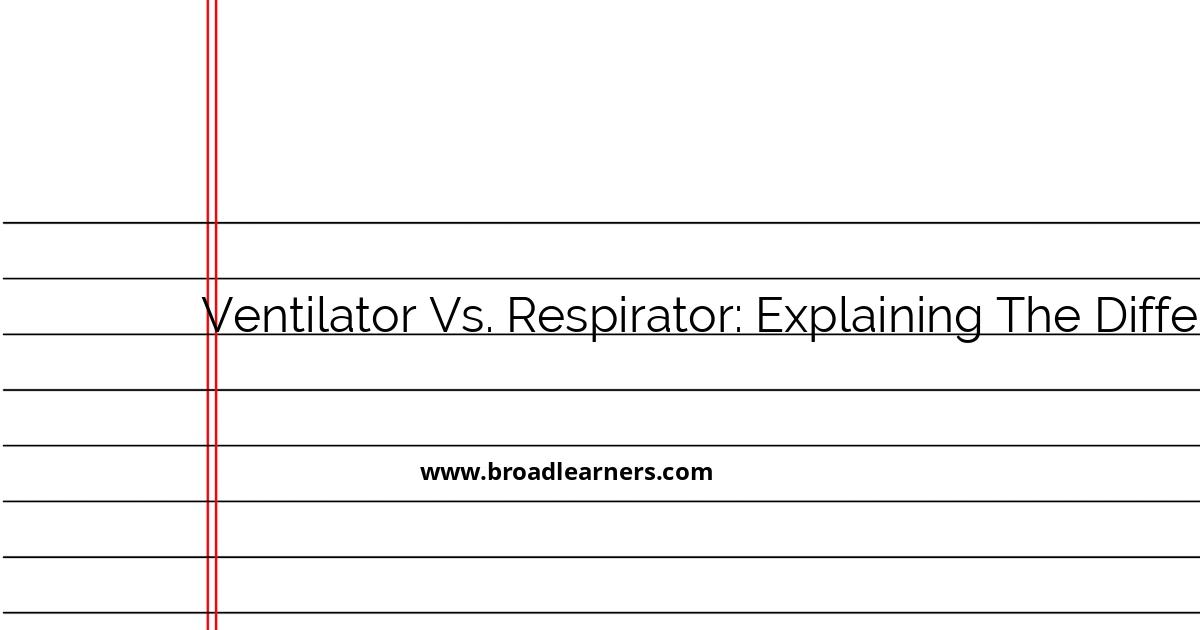Many people often use the terms 'ventilator' and 'respirator' interchangeably, but they refer to different devices with distinct functions, especially in medical and industrial contexts. Understanding the difference between these two is crucial for anyone involved in healthcare, construction, or emergency response fields. Let's delve into the definitions, purposes, and examples of how each device is used:
- Ventilator
-
A ventilator is a medical device used to assist patients who have difficulty breathing on their own. It is designed to pump air into the patient’s lungs, supplying them with the necessary oxygen while removing carbon dioxide. Ventilators are commonly used in hospital settings, intensive care units (ICU), and during surgeries where the patient needs support for respiration.
Key Features:
- Mechanical assistance for breathing.
- Used in critical care and surgical settings.
- Supports patients with respiratory failure or other severe conditions affecting breathing.
Example:
A 55-year-old patient with severe pneumonia was placed on a ventilator to assist with breathing while the medical team treated the underlying infection.
- Respirator
-
A respirator, on the other hand, is a protective device worn to prevent the inhalation of harmful substances such as dust, fumes, chemicals, or infectious particles. Respirators are commonly used in industrial, healthcare, and emergency response settings to ensure the safety of individuals exposed to potentially hazardous materials.
Key Features:
- Personal protective equipment (PPE).
- Filters out airborne particles and contaminants.
- Commonly used in environments with hazardous air quality.
Example:
Construction workers wore N95 respirators to protect themselves from inhaling silica dust while working on a building demolition site.
In summary, while both ventilators and respirators relate to respiratory processes, their functions, and applications differ significantly:
- Exact Purpose:
- Ventilators are used to provide mechanical breathing support for patients with compromised lung function.
- Respirators are used to filter out hazardous substances from the air, providing personal protection to the user.
- Environment of Use:
- Ventilators are primarily used within healthcare facilities.
- Respirators are used in both healthcare and industrial environments where air quality presents health risks.
Understanding the distinction between these two devices is crucial, especially in ensuring proper application and safety measures in relevant fields.

Did I miss anything? Respond below